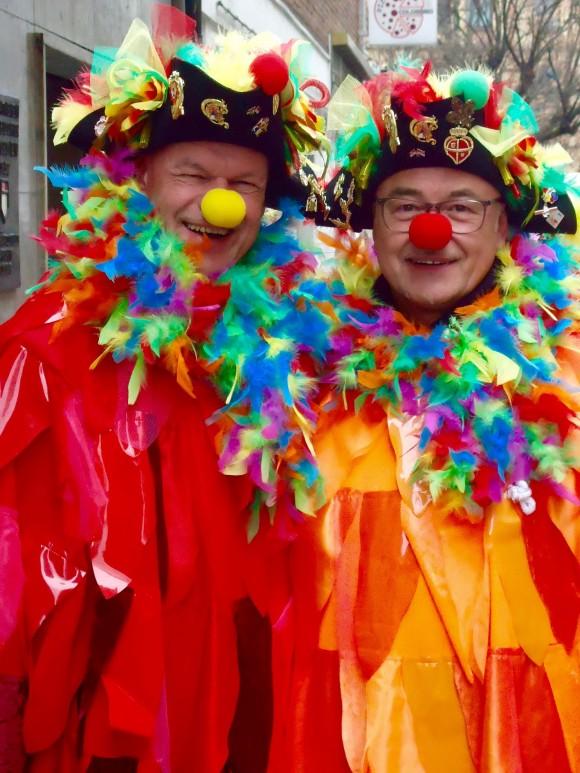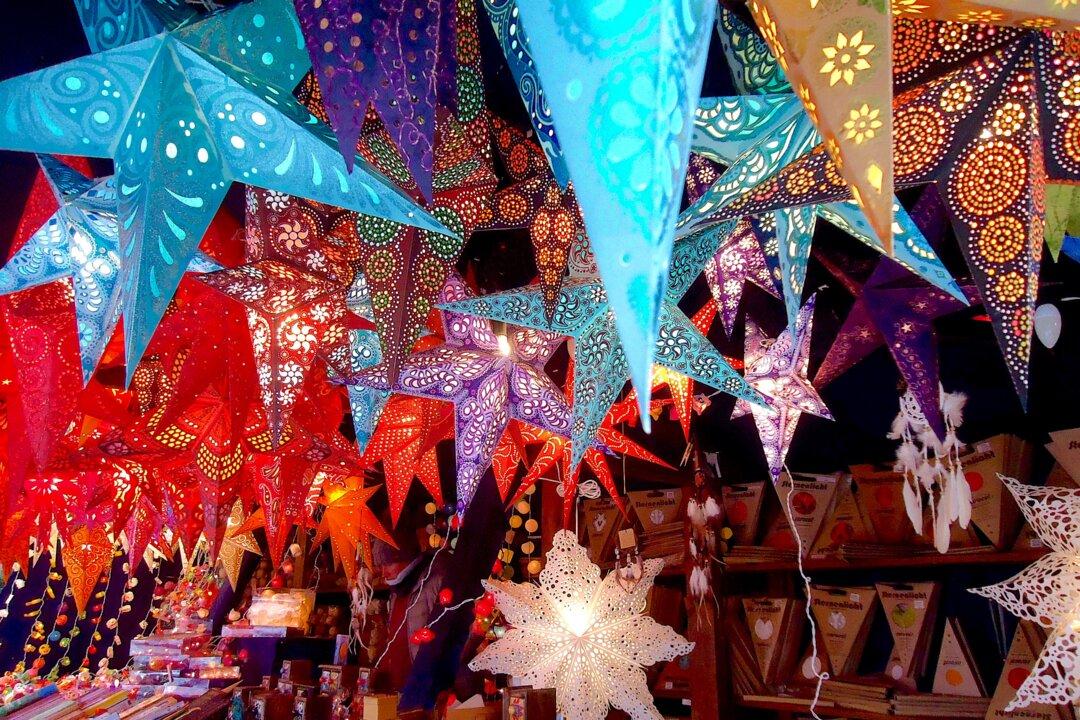The guy sitting next to me on my AirBerlin flight to Dusseldorf was heading to the city on the Rhine to enjoy its famous Carnival celebrations. And yes, like everyone else, he was going to wear a costume. He would be parading proudly, he told me, as a champagne bottle, cork and all.
That’s the scene during Carnival in Dusseldorf: costumes, creativity and cuisine, each served with snap, crackle, and fizz. “Just remember,” one local later remarked, “at Carnival, more is more.”
Wandering around town in late February on the weekend before Rosenmontag, or Rose Monday, I found a normally sober German city transformed into a giant community party. Rose Monday is the climax of Carnival week, when Dusseldorf’s impressive parade of floats, funny outfits, prancing horses, and brass bands snakes its way through city streets.
But for several days before, nearly everyone from babies to seniors was in costume. There were onesies designed as elephants, pandas, zebras, and tigers. There were vampires, FBI agents, paramilitary units, and visitors from outer space. But above all there were unicorns, herds and herds of unicorns of all sexes, shapes, and sizes.
I felt sorry for the arriving champagne bottle; unicorns were definitely the way to go. Church bells rang, drummers drummed, and impromptu choral groups sang rousing songs around sausage wagons and French fry stands. The skies were overcast but Dusseldorf’s popular fermented altbier (old beer) flowed like the nearby Rhine.
At Carnival time, Dusseldorf throws an impressive party.
The roots of Carnival date back to the Dionysian spring fertility revels of the Romans. The celebration that happens six weeks before Easter is a time of eating, drinking, masquerades, and revelry. The chaos of Carnival takes over the normally orderly city as its citizens celebrate the death of winter and the birth of spring.






